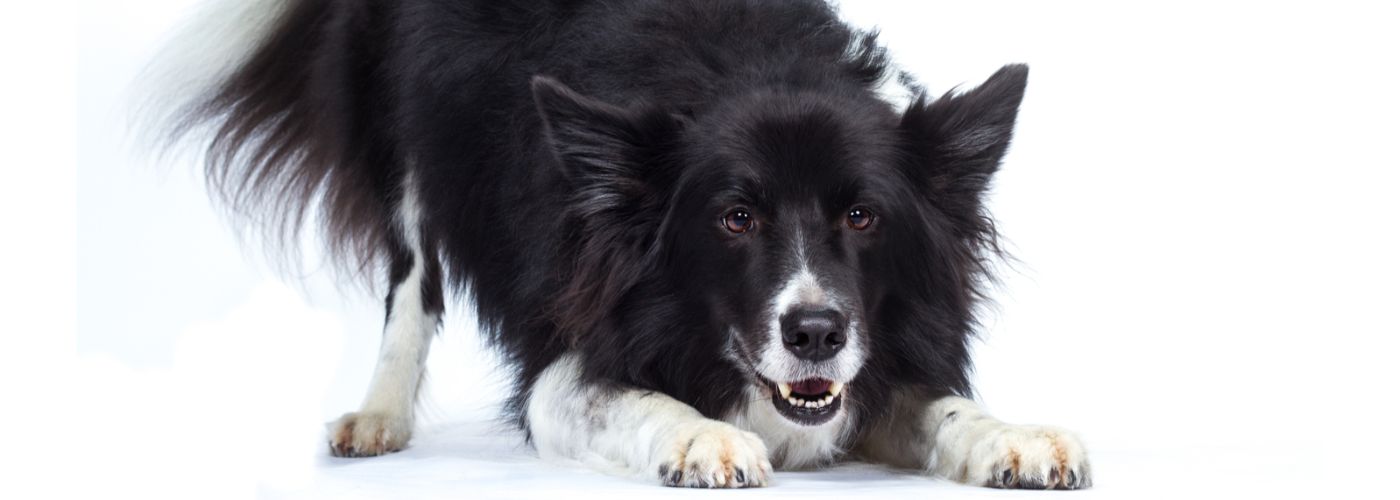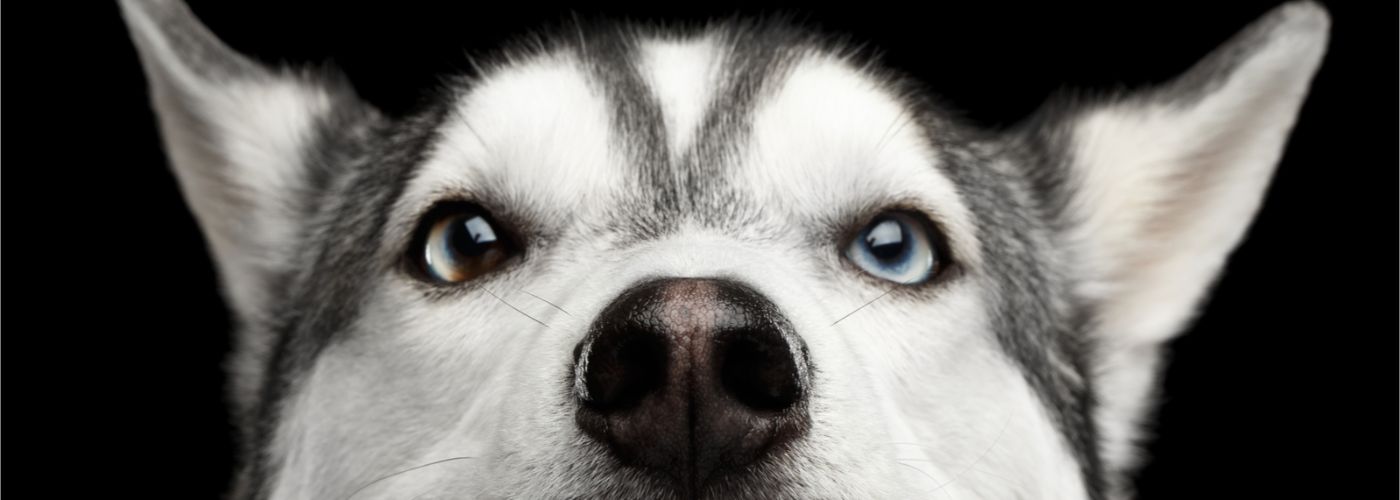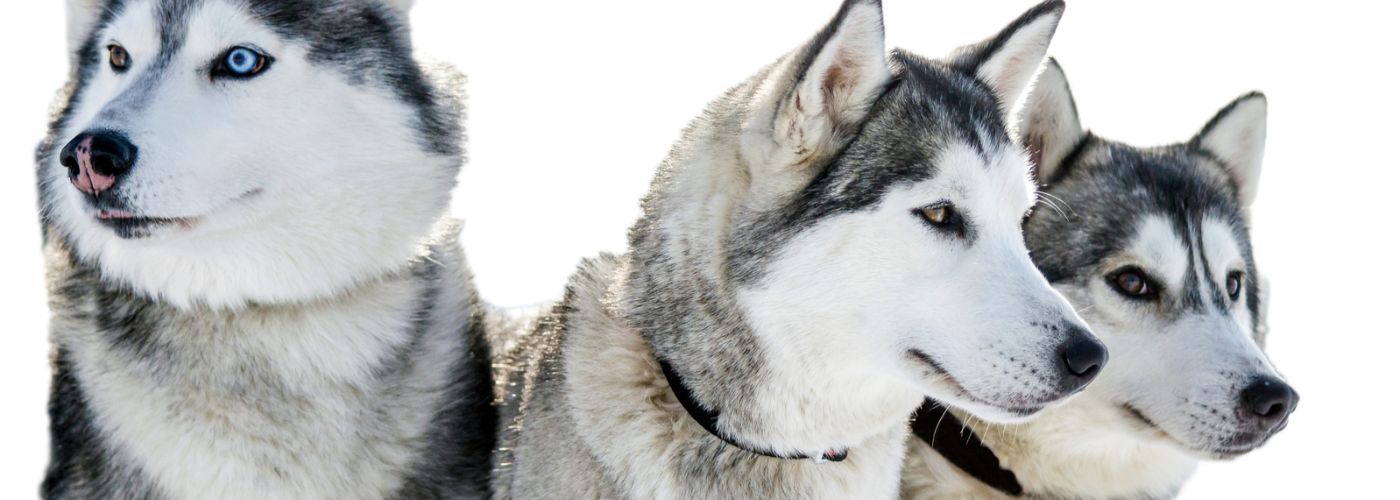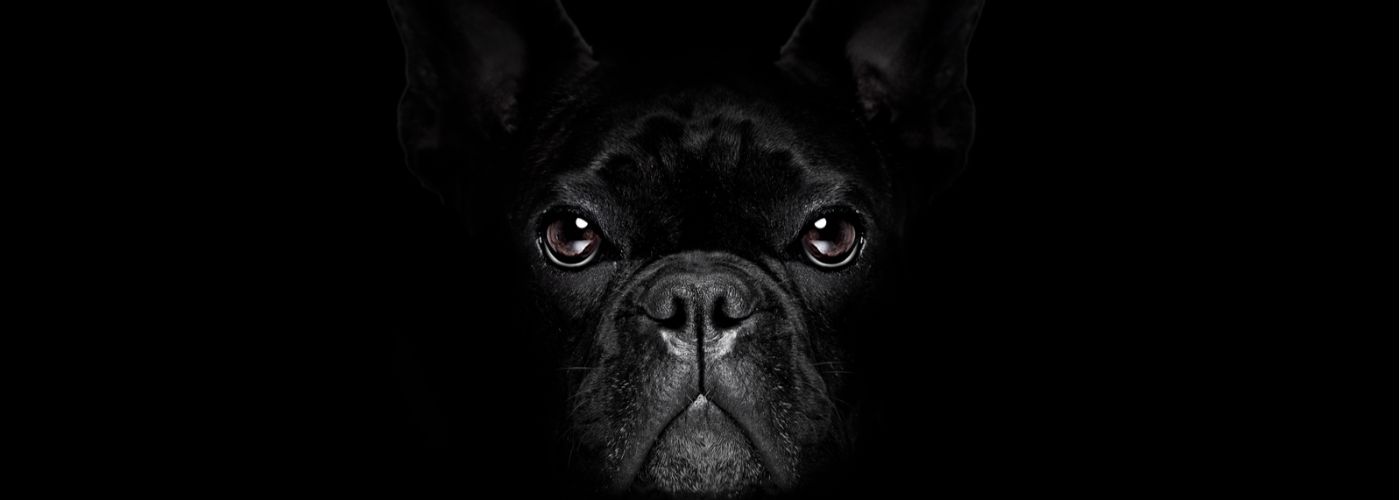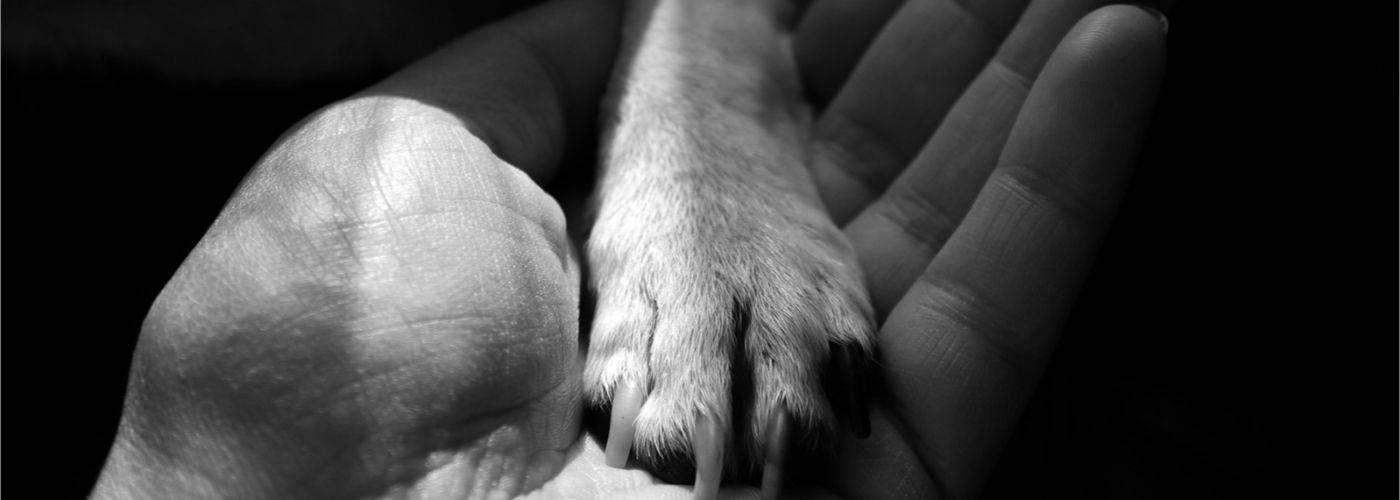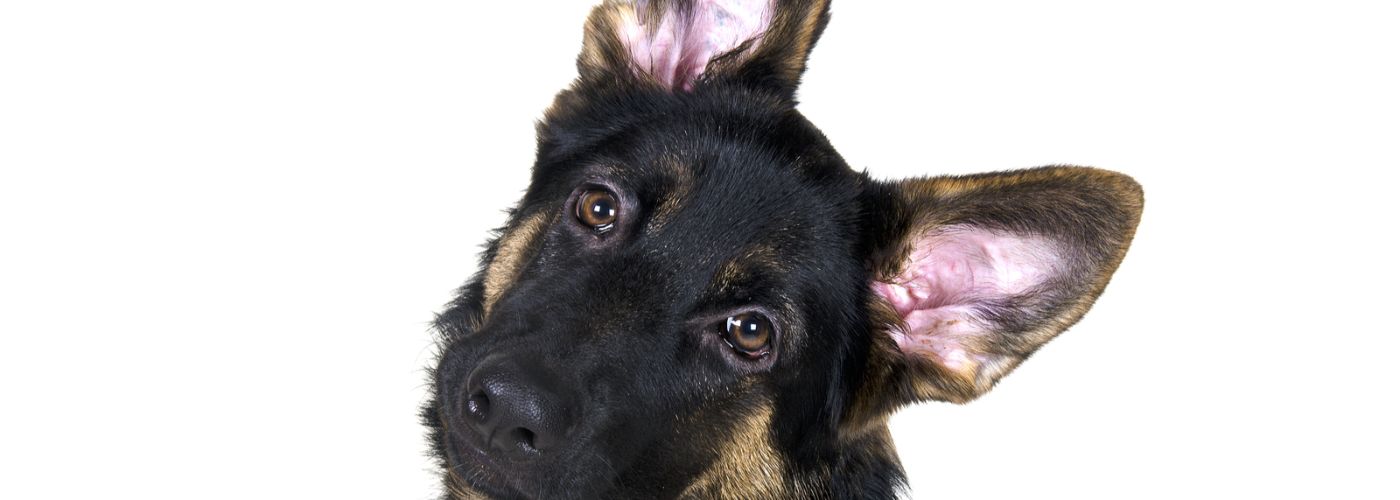Putting the spring back in the step of your beloved senior pet
One minute they’re your mischievous, into-everything, playful pup, and the next minute they love nothing more than pottering around the garden, slowly walking by your side, and curling up in front of the fire. It seems to happen in the blink of an eye. Whilst ageing is sadly inevitable and comes to us all, there are measures that can be put into place to slow this process and keep your dog feeling younger for longer. And Clinical Canine Massage, combined with a few other important actions, really is the holy grail when it comes to supporting our beloved Golden Oldies!
Your Golden Oldie
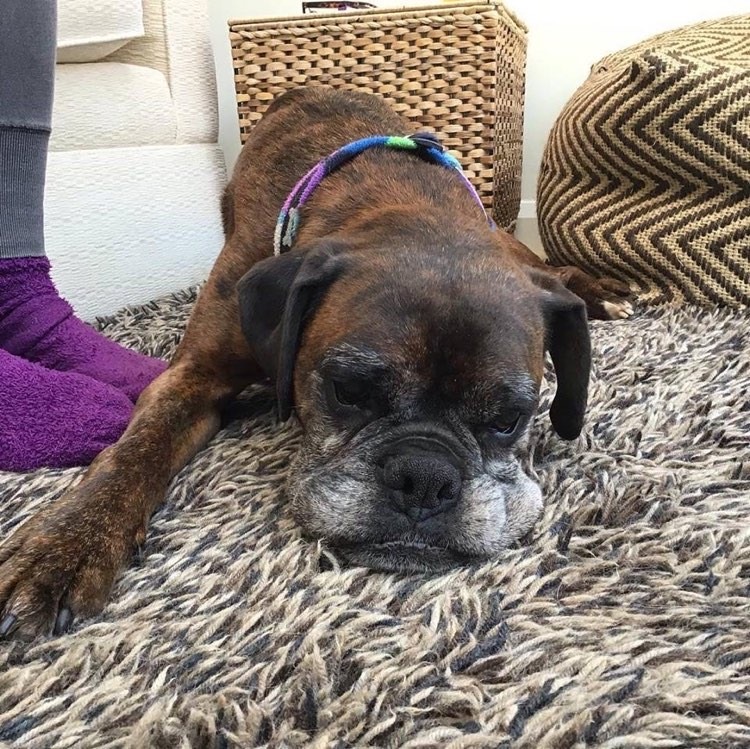
“How can I make my dog live forever?” It’s a question we get asked a lot! And the answer? “Still working on it!”
Sadly, in reality, with life comes death. But the aim of the game is to try and postpone the latter whilst keeping our senior pets comfortable and happy, with a good quality of life.
Different breeds age at different rates and generally this is dependent on their size, from tiny little Chihuahuas living until they’re 15 to 20 years, through to giant breeds who tend to only make it to around 7 to 10 years.
And just like us, our dogs will experience changes to their physiological and psychological health as they age. Their senses will deteriorate, they’ll lose muscle tone and strength, and they may even become a little senile as the years tick on. And ultimately, their activities of daily living will begin to change, preferring to curl up on your feet and sleep rather than run after their all-time-favourite ball.
Signs of Ageing
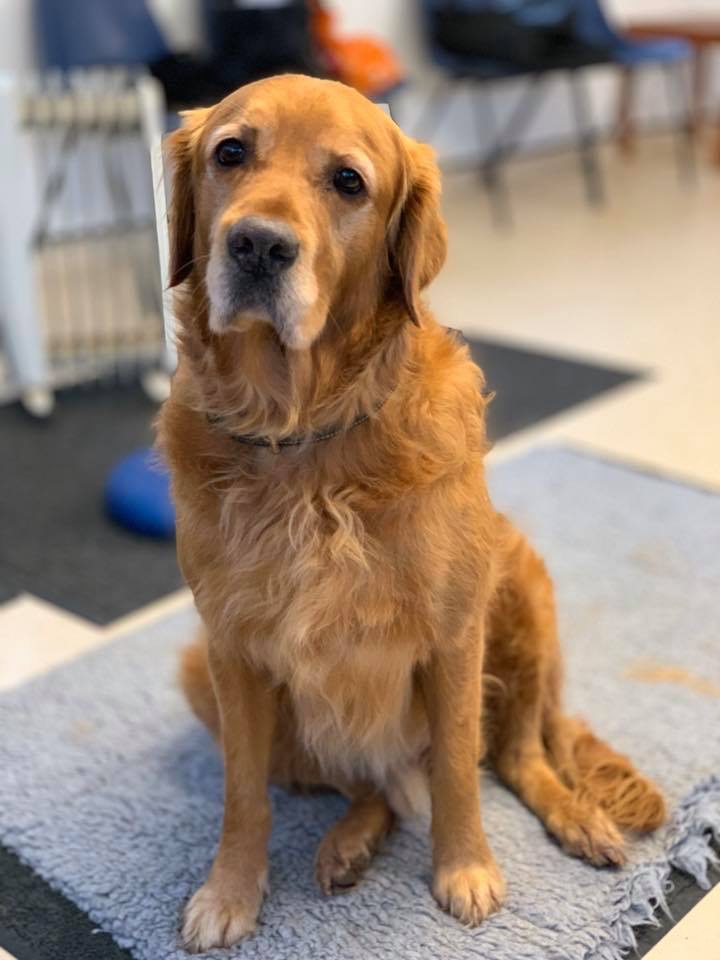
Here’s a few of the telltale signs that your dog is starting to feel the effects of ageing…
- Slowing down
- Stiffness
- Difficulty getting up and down from sitting/lying down
- Difficulty getting in and out of the car
- Difficulty getting on and off the furniture
- Difficulty going up and down stairs
- Reluctance to go for a walk
- Less accuracy, speed or endurance in sporting/working fields
- Shaking/trembling
- Loss of muscle mass – particularly the hindlimbs
- Orthopaedic conditions such as Arthritis or Spondylosis
- Loss of appetite
- Grumpiness towards other dogs
- No spark or zest for life
But what if age is just a number?
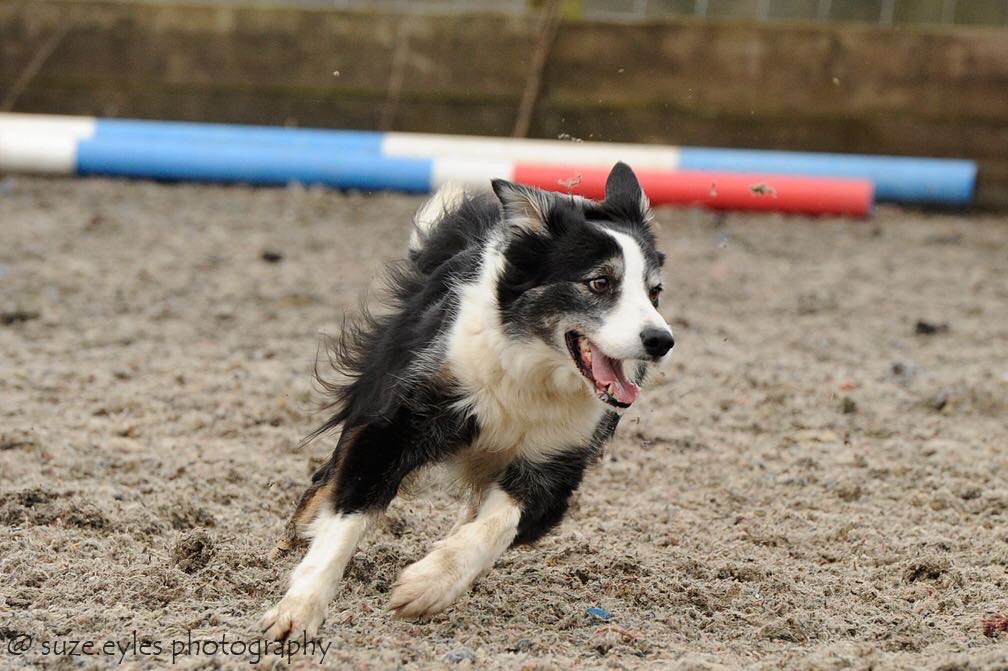
The physiological and psychological changes of age tend to happen gradually over a number of years, and often because of this, as an owner, we don’t necessarily notice them. But then one day, we do, and our bouncy puppy is now sat at the open car door because they just don’t have a big enough leap left in their tired legs. And of course, once we’ve accepted our dog is now entering their twilight years and slowing down, we quite rightly make appropriate adaptations to their activities of daily living, perhaps shortening their walks or retiring them from their sporting or working disciplines.
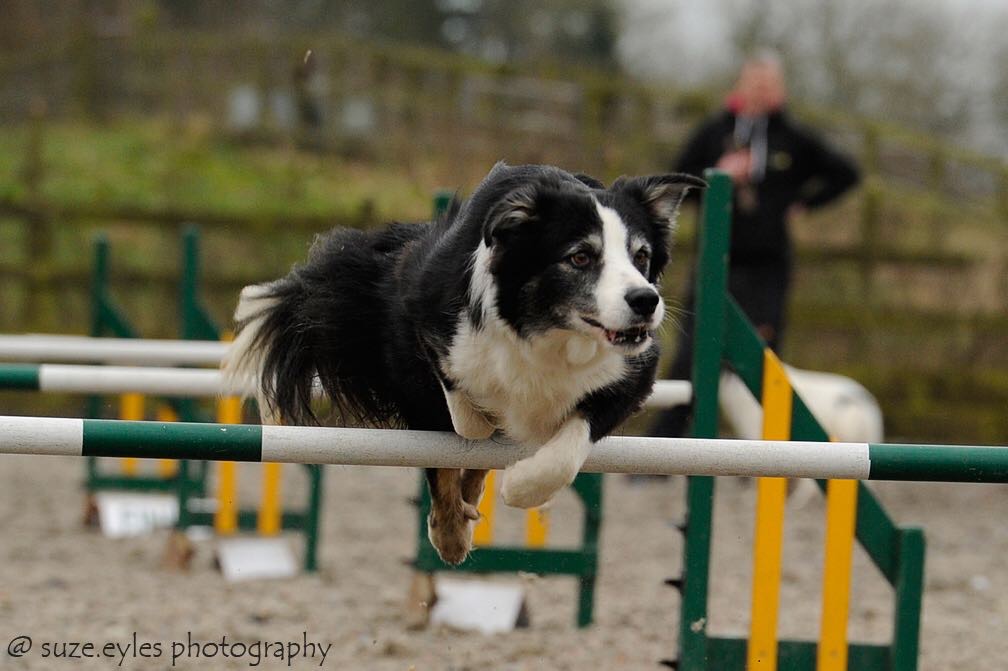
However, what if this doesn’t always have to be the case? What if your dog has become old before their time? We know there are obvious genetic and breed influences limiting life expectancy, but each and every dog is different, and there’s definitely some wriggle room when it comes to prolonging their lives.
And that’s where Clinical Canine Massage comes into the mix and can really work wonders for your Golden Oldie. Along with the treatments themselves, you’ll also be provided with a customised care plan which will cover a range of other measures and adaptations you can make to their life, all working together to keep them looking and feeling younger for longer. In fact, in an ideal world, we’d see you and your dog before they reach their twilight years, as the earlier we can address all of these measures and commence massage treatments, the better the outcome in the long-term. One of the biggest mistakes owners make when it comes to older pets, is leaving it too late to initiate massage or implement other lifestyle changes. To put things into perspective, most medium sized dogs who live on average between 12 and 15 years, should be considered senior from the age of 9, if not even younger!
Benefits of Canine Massage
Clinical Canine Massage can be profoundly beneficial for your senior pet. Through relieving muscle spasms, debilitating trigger points and areas of prolonged muscular tension, as well as addressing muscles which are overcompensating or working much harder to take the strain off of underlying Orthopaedic Conditions such as Arthritis, massage really can put the spring back in their step. Here are a few of the noticeable changes that often occur with Canine Massage…
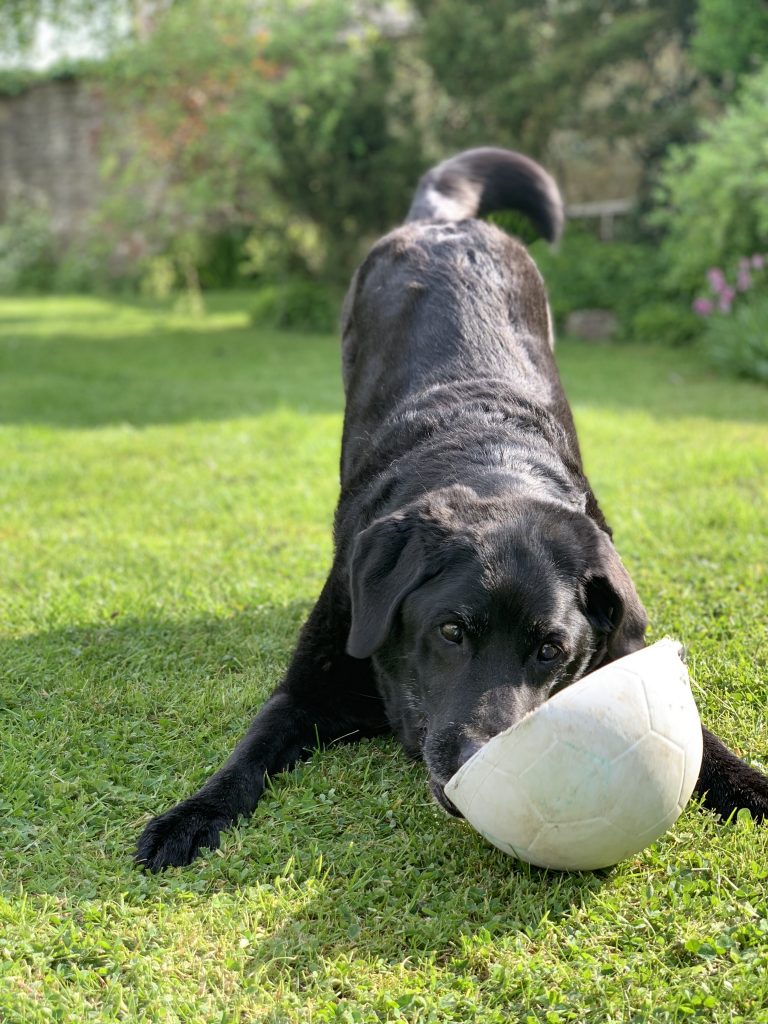
- Reduced stiffness
- Improved mobility and in turn increased muscle mass
- Increased range of movement
- Improved ability to get up and down from sitting/lying down
- Improved ability to get in and out of the car
- Improved ability to get on and off of furniture
- Improved ability to go up and down stairs
- Enthusiasm for walks
- Improved gait or posture
- Reinvigorated interest in playing
- Improved pain management – invaluable for NSAID intolerance
- Improved appetite
- Less grumpy with other dogs
- Generally happier in mood
- The twinkle in their eye returns
- A new lease of life
Other Measures and Adaptations
Here are just a few of the other things we’ll advise as part of your customised care plan when you bring your senior dog for Canine Massage. These will be discussed in more detail at the time of your consultation, and because we know that every dog and every situation is different, we’ll tailor the advice to suit.
Joint Supplements
And not just any joint supplement; powerful, supreme grade joint products formulated to provide the best possible joint care for your dog. We personally use and recommend Riaflex supplements and supply these to our clients at competitive prices. We recommend all dogs should be on joint care supplements by the age of 5, and much younger for heavier breeds, sporting or working dogs who are undertaking high impact activities on a regular basis, or dogs who have suffered significant musculoskeletal injuries such as Cruciate Ligament rupture at an early age.
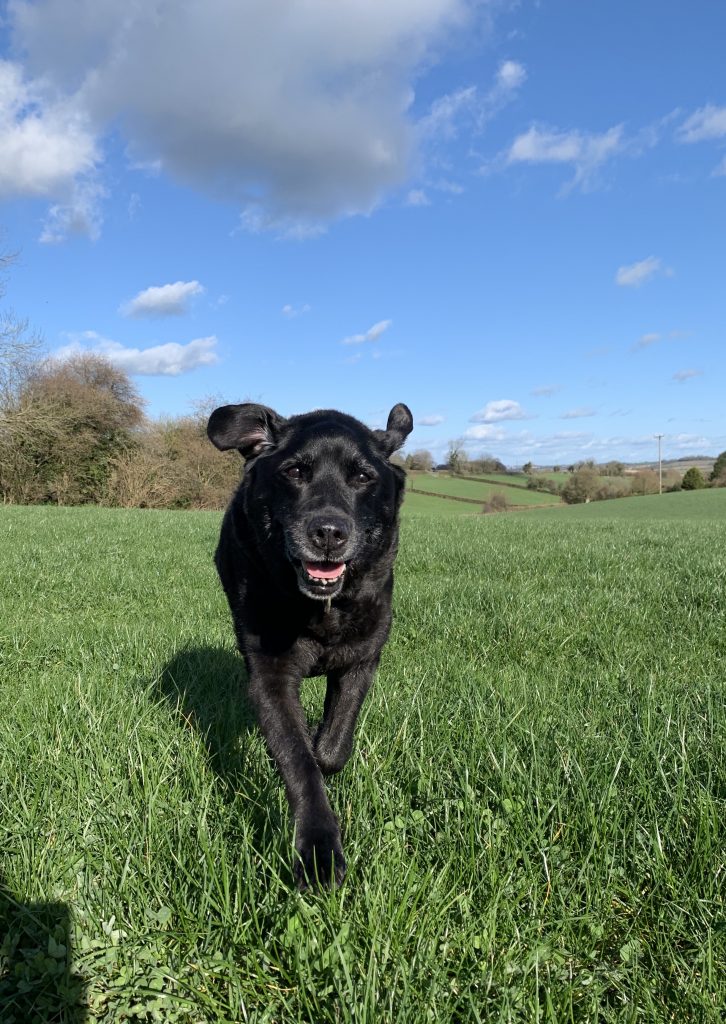
Nutrition and Diet
We are what we eat, and it’s no different for our dogs. As they age, their nutritional needs and metabolism are likely to change, and therefore it’s important to ensure they have a good quality diet which provides them with everything they need. As your dog has started to slow down, it’s also likely that they aren’t burning as many calories as they used to, and so if their food hasn’t been adjusted to suit, they may have gradually gained weight. Increased weight will have a knock on effect on their joints due to excessive loading. So by reducing their food to meet their needs, and subsequently reducing their weight, you’ll be helping to preserve their joints for longer and may even see a new lease of life!
Daily Lifestyle Aids
There are some adaptations you can make to enable your dog to continue their activities of daily living without putting undue stress through their musculoskeletal system. A ramp to get in and out of the car or go up and down steps in the garden; a step to help them get on and off furniture; raised food and water bowls for larger dogs to help prevent unnecessary strain through the body; putting down floor runners or non-slip mats over slippy flooring such as laminate, wood and tiles; and ensuring their beds are supportive, warm and give them enough room to fully stretch out.
Other Adjunctive Complementary Therapies
Massage works on the muscles and soft tissue primarily but other complementary therapies work on other aspects of the body and can offer a different range of benefits. And so, different therapies often complement each other well. Creating a multi-modal approach with other therapies such as Hydrotherapy, McTimoney, Bowen and Acupuncture to name a few, can often work wonders for your senior dog and we often recommend them to complement our work depending on what you’ve told us about your dog and what we’ve spotted.
My own Golden Oldie
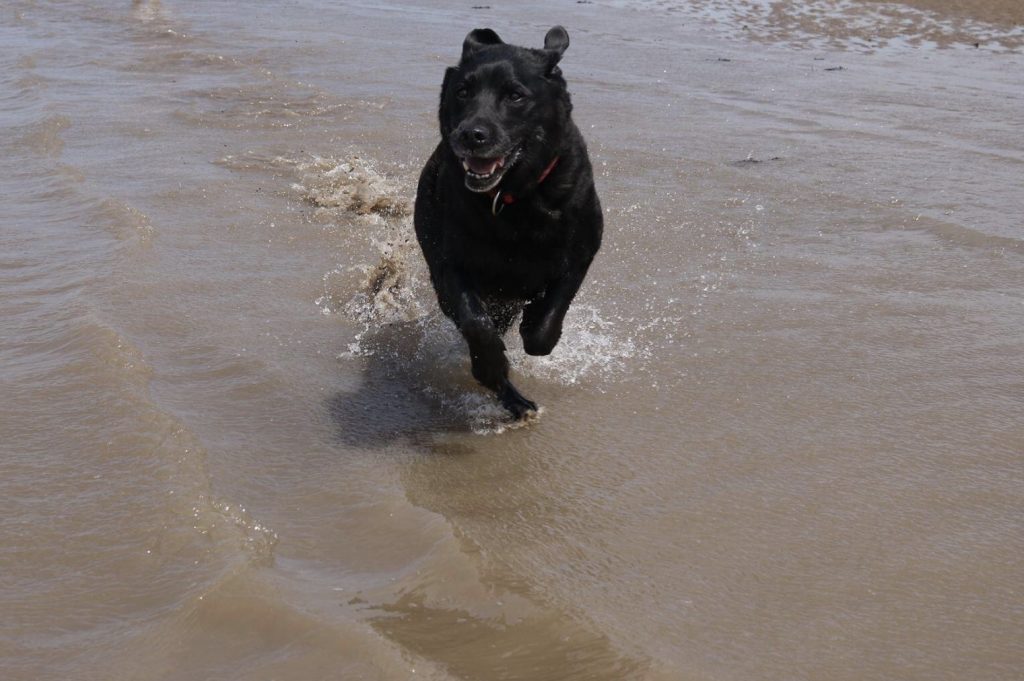
“My own beautiful Black Lab, Lexi, lived to the grand old age of 15 years and 2 months. She had bilateral cruciate repair surgery, the first at just shy of 2 and the second at 7 years of age. She also underwent several other surgeries for various other conditions and diseases – you can read more about these on the ‘About’ page. Lexi was always fed a very nutritious raw diet, was on Riaflex joint supplements since the age of 2 years, and her activities of daily living were adjusted in order to support the previous musculoskeletal injuries. Her beds were all orthopaedic memory foam (best beds in the house if you ask me!), and she was never over-exercised – another common mistake owners can make when they have an excitable, full-of-it puppy that they just want to tire out, but they’ll sadly pay the price for this when the dog gets a little older. And in addition to her Clinical Canine Massage, she also had Hydrotherapy on a fairly regular basis all of her life, but in her latter years, we increased this to once a week to help maintain muscle tone and strength through her hindlimbs, and she also regularly had Canine Bowen and McTimoney, but again, more frequently when she was older.
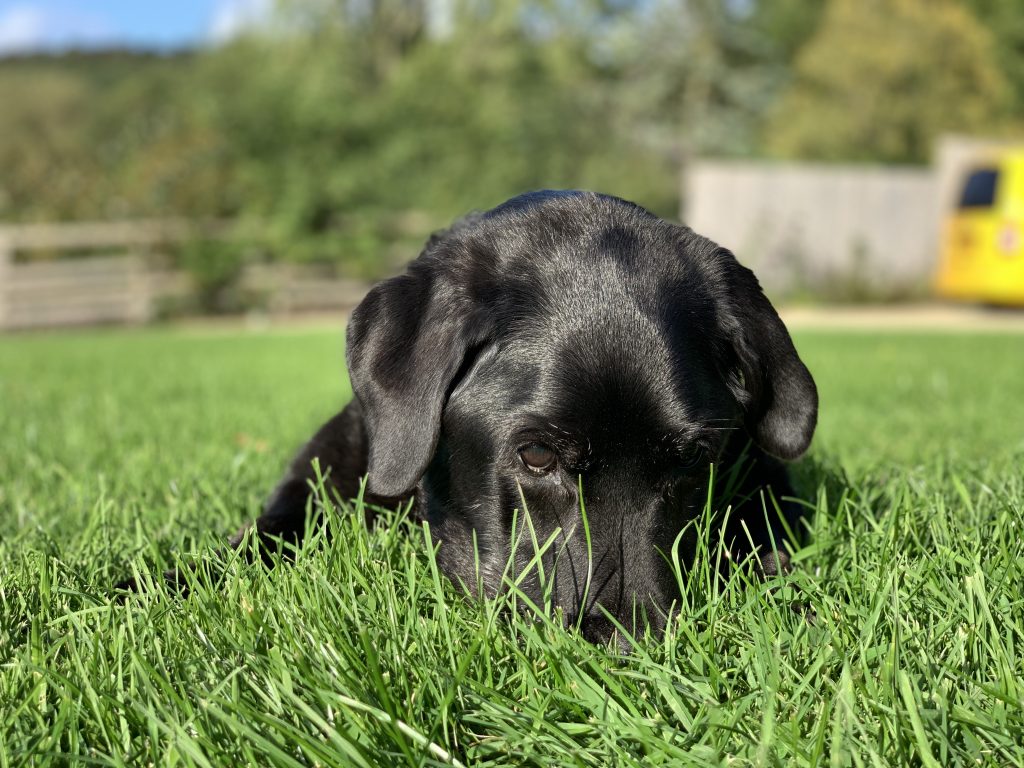
All of these measures worked together very successfully to support her as she aged, and they have in no doubt enabled her to bounce back from every surgery remarkably, to the amazement of myself, her other therapists, and even the vets! Her mobility and range of movement were always outstanding for her age and people were often very surprised by how old she was. I definitely didn’t just accept slowing down and ageing as inevitable at 8 or 9 years of age, I wanted to put that off until she was 11 or 12 at least. So I put in place the above measures and I think all of the photos of her on this page speak for themselves; she was still very interested in playing with her much loved footballs and running through the grass or the sea with the wind in her ears right up until her final day! In fact she enjoyed a 4 mile trot around Westonbirt Arboretum on her 15th birthday without even a hint of old age stiffness! Even I didn’t expect to have a 15 year old dog who could manage that so effortlessly.
What next?
If you’re the owner of a Golden Oldie who’s starting to show some of the signs and symptoms of age mentioned above, or your vet has diagnosed an Orthopaedic Condition such as Arthritis, Clinical Canine Massage would be a great next step for you and your senior dog.
The Canine Massage Guild have devised The Five Principles of Pain, which is a guide to help you assess your dog for the viability of Clinical Canine Massage therapy. It’s very likely that with an older dog, Canine Massage is going to be nothing but beneficial. However if you’d like to make sure, this useful aid will help you to identify clinical and sub-clinical signs of muscular and myofascial pain that are frequently helped by this powerful therapy. It covers Gait, Posture, Activities of Daily Living, Behaviour and Performance and you can easily classify any observations or concerns you may have within these categories. Click here to download the Five Principles of Pain sheet which breaks down these categories further.
And of course, if you’re the owner of a middle aged dog who just wants to get ahead of the age game by starting a routine maintenance massage schedule, just pop us a message to discuss this further or to make an appointment.
Veterinary Consent
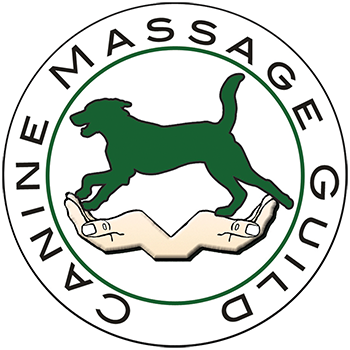
As a member of the Canine Massage Guild, Paw Vida offer a very professional Clinical Canine Massage service and respect the Veterinary Surgeons Act 1966 and Exemption Order 2015 by never working on an animal without gaining prior veterinary approval. In simple terms, this means we’ll only massage your dog if your vet considers it appropriate and safe to do so. Some diseases and conditions are contraindicative to massage and we, or your vet, will of course advise you of this when you get in touch.
You can download our Veterinary Consent form here. Please note that without veterinary consent, we’ll be unable to massage your dog.
Prices
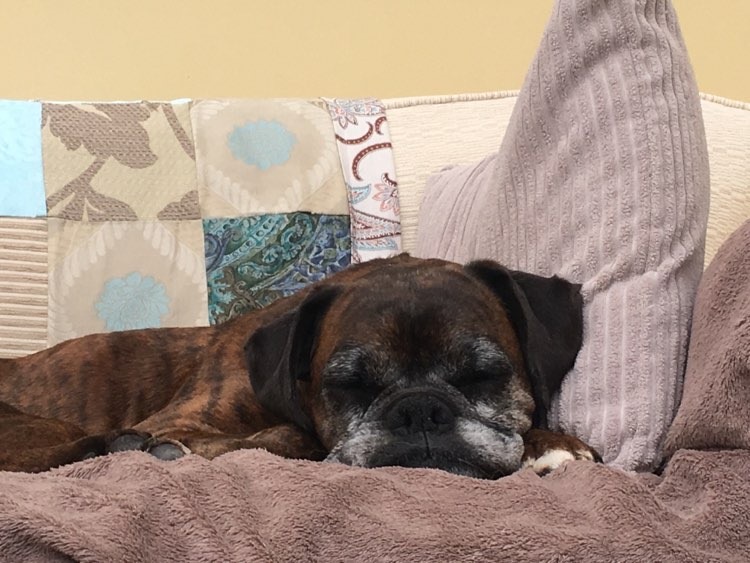
Initial consultation and Treatment
£45.00*
Follow up / Maintenance Treatments
£40.00*
* A small additional travel charge may apply depending on your location.
Canine Massage Clinic packages are also available for training clubs and groups. Please contact us to discuss your requirements.
A big thank you to some of my gorgeous Golden Oldie clients, Basil, Sam and Star, and to my own Lexi for generously donating their best poses for the creation of this page.



